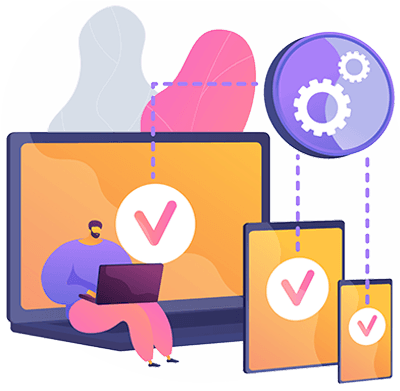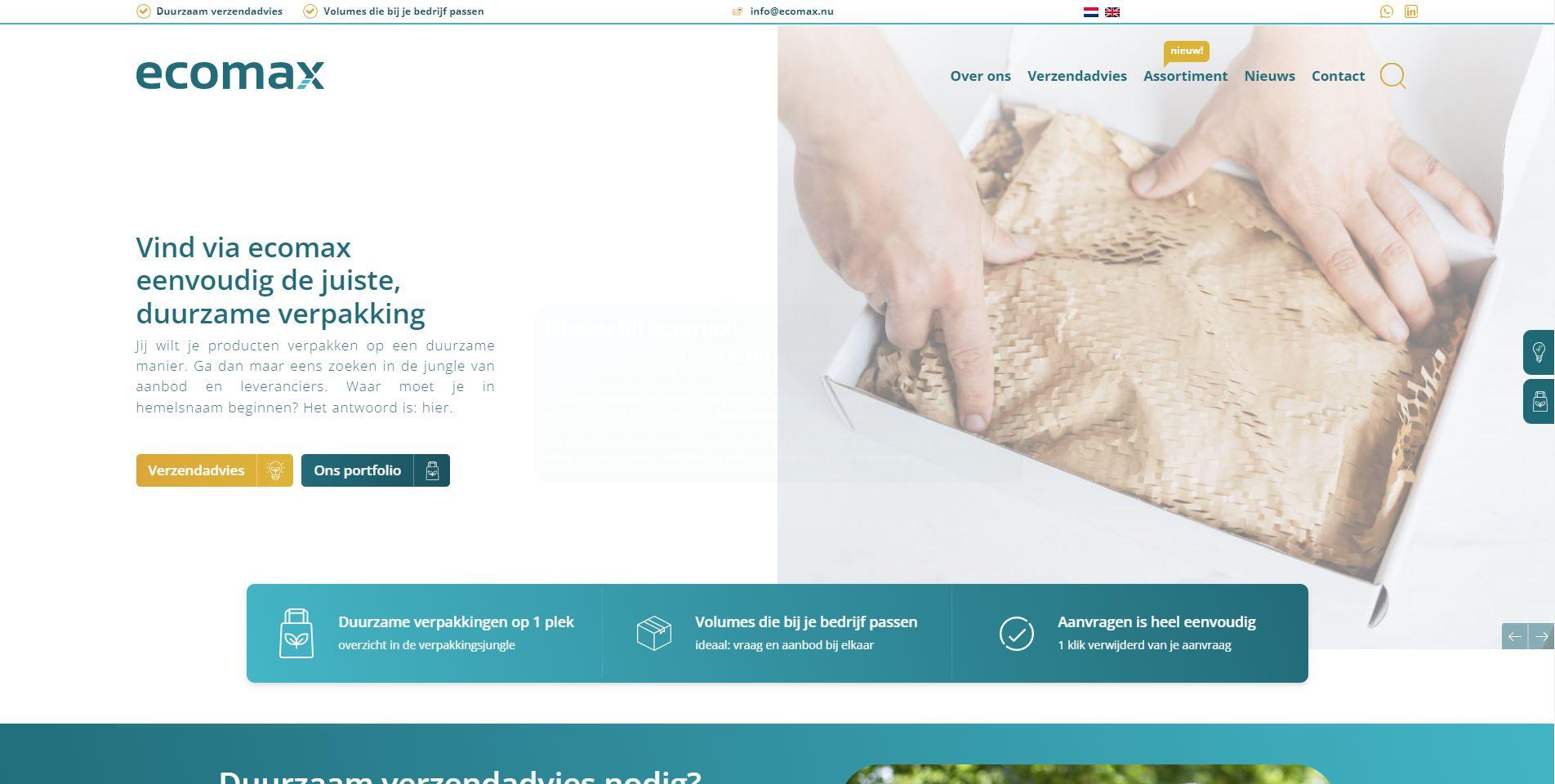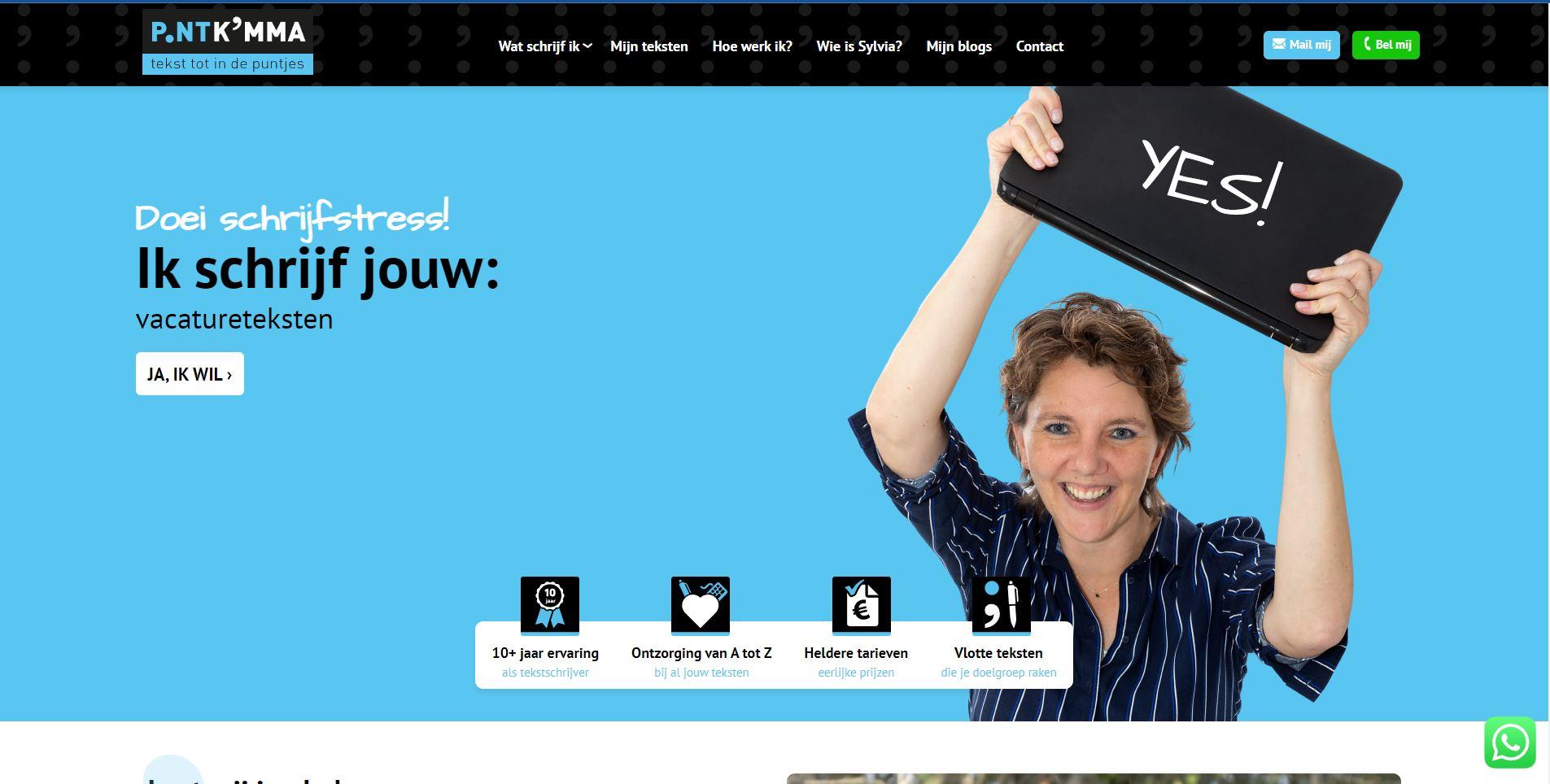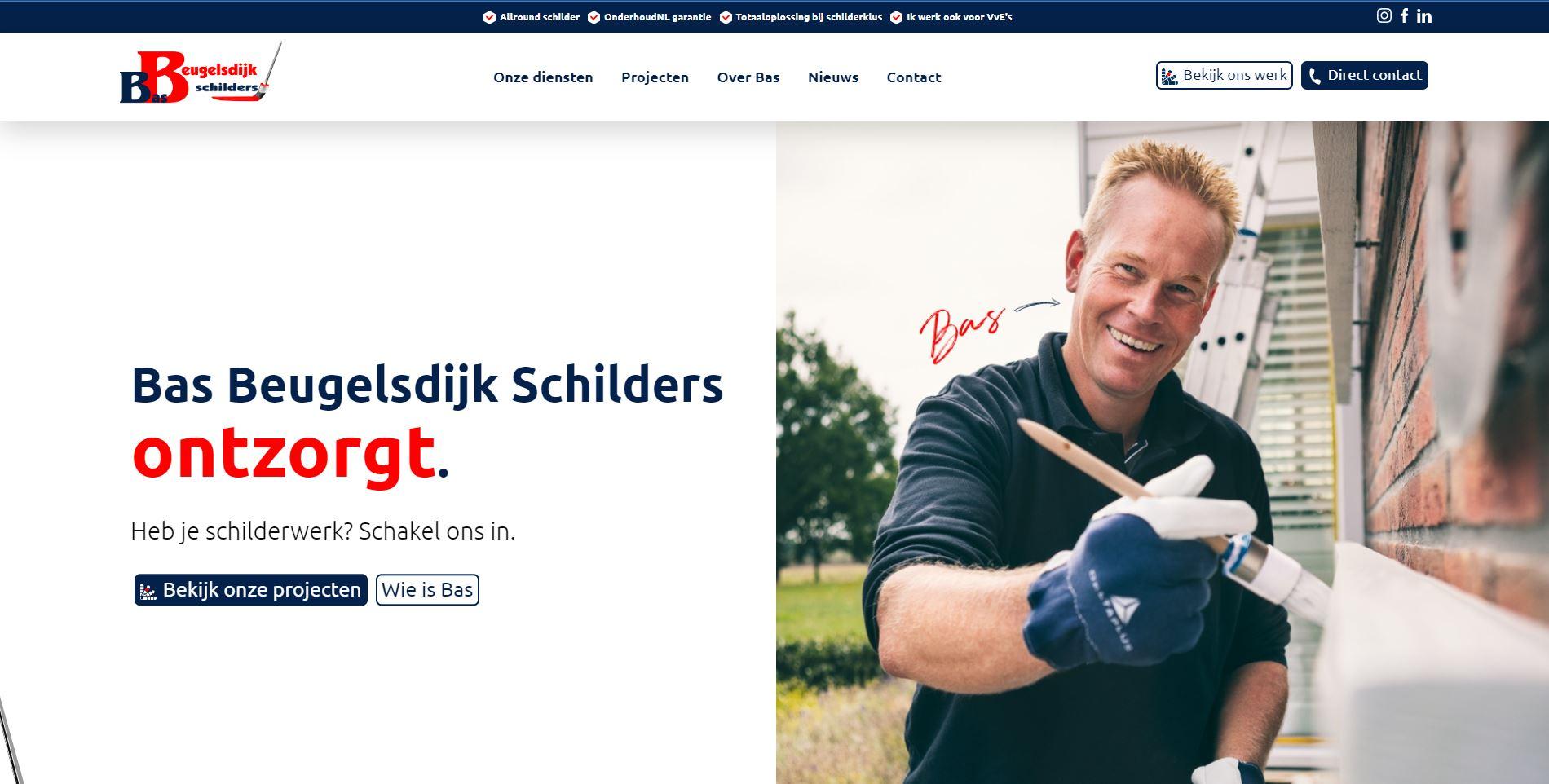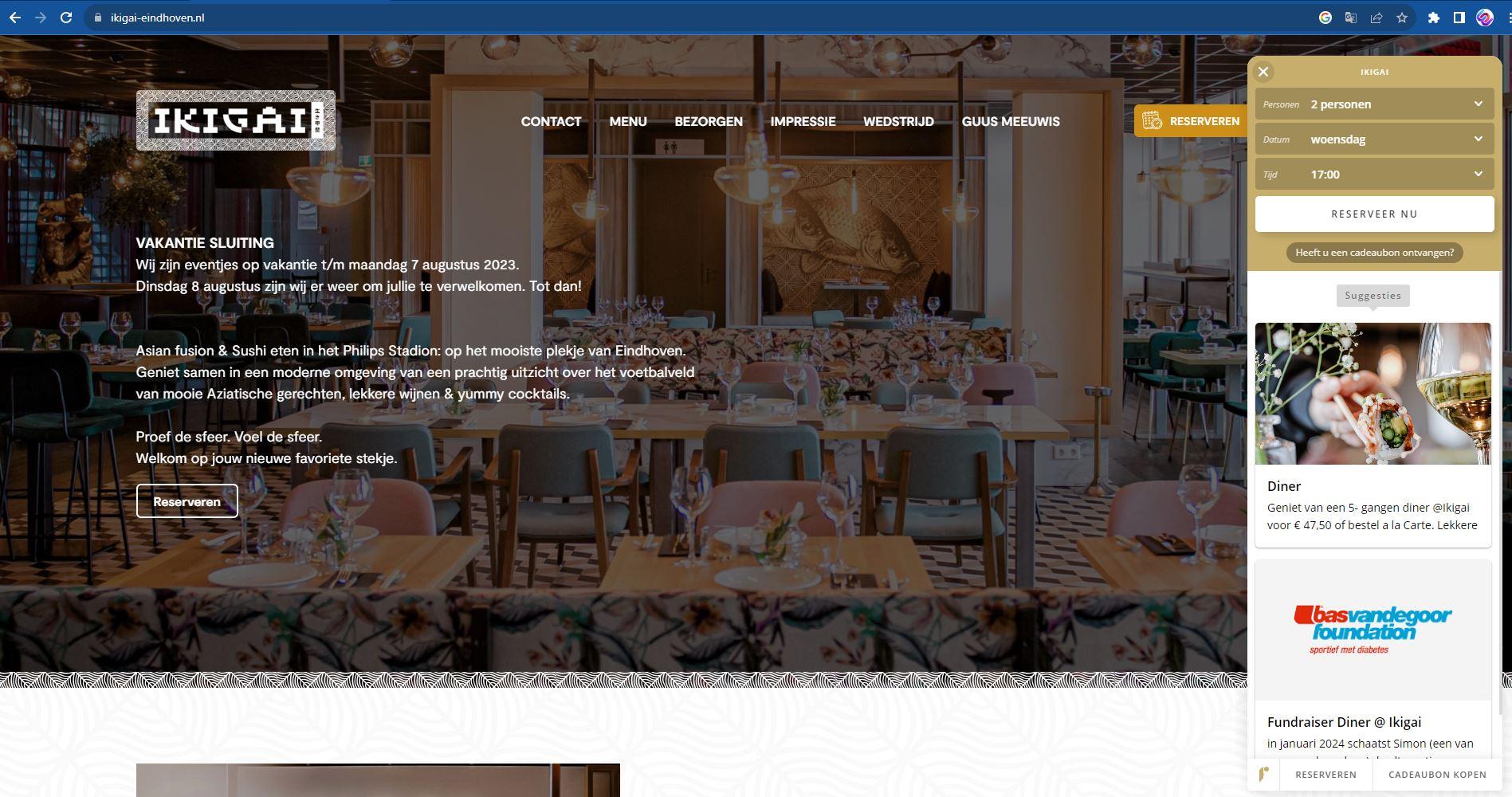In today’s fast-paced digital landscape, staying ahead of the curve is crucial for businesses striving to deliver captivating user experiences. One technology that has gained significant traction in recent years is the Headless Content Management System (CMS). By decoupling the frontend and backend, a headless CMS offers a range of advantages that empower businesses to create, manage, and deliver content seamlessly across multiple platforms. In this article, we’ll explore the transformative benefits of a headless CMS and how it can revolutionize your content strategy.
1. Introduction
In the ever-evolving digital landscape, delivering consistent and engaging content to a diverse audience is paramount. Traditional monolithic CMS platforms often struggle to keep up with the demands of modern content distribution. This is where a headless CMS shines, offering a dynamic solution that separates content creation from presentation.
2. What is a Headless CMS?
A headless CMS is a content management system that decouples the frontend and backend, enabling content creators to focus solely on crafting content without being limited by the design and layout. Unlike traditional CMS platforms, a headless CMS stores content in a structured format that can be easily accessed and delivered via APIs to various platforms.
3. The Flexibility of Content Delivery
One of the most significant advantages of a headless CMS is its unparalleled flexibility in content delivery. With APIs driving content distribution, businesses can effortlessly publish content across websites, mobile apps, IoT devices, and even emerging technologies like voice assistants.
4. Enhanced User Experience
A headless CMS empowers businesses to provide a seamless and personalized user experience. By decoupling content from presentation, developers can create immersive experiences tailored to different devices and platforms, resulting in higher user engagement and satisfaction.
5. Effortless Omni-channel Publishing
Gone are the days of manually adapting content for various channels. A headless CMS simplifies omni-channel publishing by centralizing content management and allowing simultaneous updates across all platforms, ensuring a consistent message regardless of the channel.
6. Streamlined Workflow and Collaboration
Collaboration between content creators, designers, and developers becomes more efficient with a headless CMS. Teams can work independently on their respective tasks, reducing bottlenecks and accelerating the content creation process.
7. SEO and Performance Optimization
In the digital realm, performance and SEO are paramount. Headless CMS platforms enable developers to optimize websites for speed and search engines by delivering only necessary data, resulting in enhanced page load times and better search rankings.
8. Future-Proofing Your Content
Technological advancements are inevitable, and a headless CMS future-proofs your content strategy by allowing seamless integration with emerging technologies. This adaptability ensures your content remains relevant and accessible as new devices and platforms emerge.
9. Security and Scalability
Headless CMS architectures enhance security by reducing potential attack surfaces. With sensitive backend systems isolated, the risk of breaches is minimized. Additionally, headless CMS platforms can scale effortlessly to accommodate growing content demands.
10. Comparative Cost Efficiency
While the initial setup of a headless CMS might seem more involved, the long-term cost benefits are substantial. Businesses can save resources by reusing content for various platforms and eliminating the need for extensive frontend development.
11. Adopting a Headless CMS: Considerations and Best Practices
Before transitioning to a headless CMS, it’s essential to consider factors such as your team’s technical proficiency, the complexity of your content ecosystem, and the scalability requirements of your business.
12. Case Studies: Realizing Success with Headless CMS
Several businesses have already reaped the rewards of adopting a headless CMS. Case studies showcase how organizations across different industries have achieved enhanced user experiences, improved SEO rankings, and streamlined content management.
13. Challenges and Mitigations
While headless CMS offers numerous advantages, it’s essential to acknowledge potential challenges such as a steeper learning curve and the need for API maintenance. These challenges can be mitigated through comprehensive training and proper documentation.
14. Incorporating Personalization and AI
The flexibility of a headless CMS opens the door for advanced personalization and AI-driven content delivery. Businesses can harness user data to deliver tailor-made experiences, boosting engagement and conversion rates.
15. Conclusion
In a digital landscape where user experience reigns supreme, embracing a headless CMS can provide your business with a competitive edge. By decoupling content creation and presentation, you unlock unparalleled flexibility, enhanced user experiences, and future-proofed content delivery. Whether you’re a startup or an established enterprise, adopting a headless CMS can revolutionize your content strategy and position your brand for success.
FAQs
- Is a headless CMS suitable for all types of businesses? Absolutely! A headless CMS can benefit businesses of all sizes and industries, from e-commerce to publishing.
- Does adopting a headless CMS require extensive technical knowledge? While some technical proficiency is beneficial, many headless CMS platforms offer user-friendly interfaces and support.
- Can a headless CMS improve my website’s SEO rankings? Yes, a headless CMS can contribute to better SEO rankings by optimizing page load times and content delivery.
- Are there any security risks associated with a headless CMS? Headless CMS architectures can enhance security by isolating sensitive backend systems. Regular API maintenance is essential to mitigate risks.
- How can a headless CMS enhance my content personalization efforts? A headless CMS enables advanced personalization by allowing you to tailor content for different platforms and user segments.


